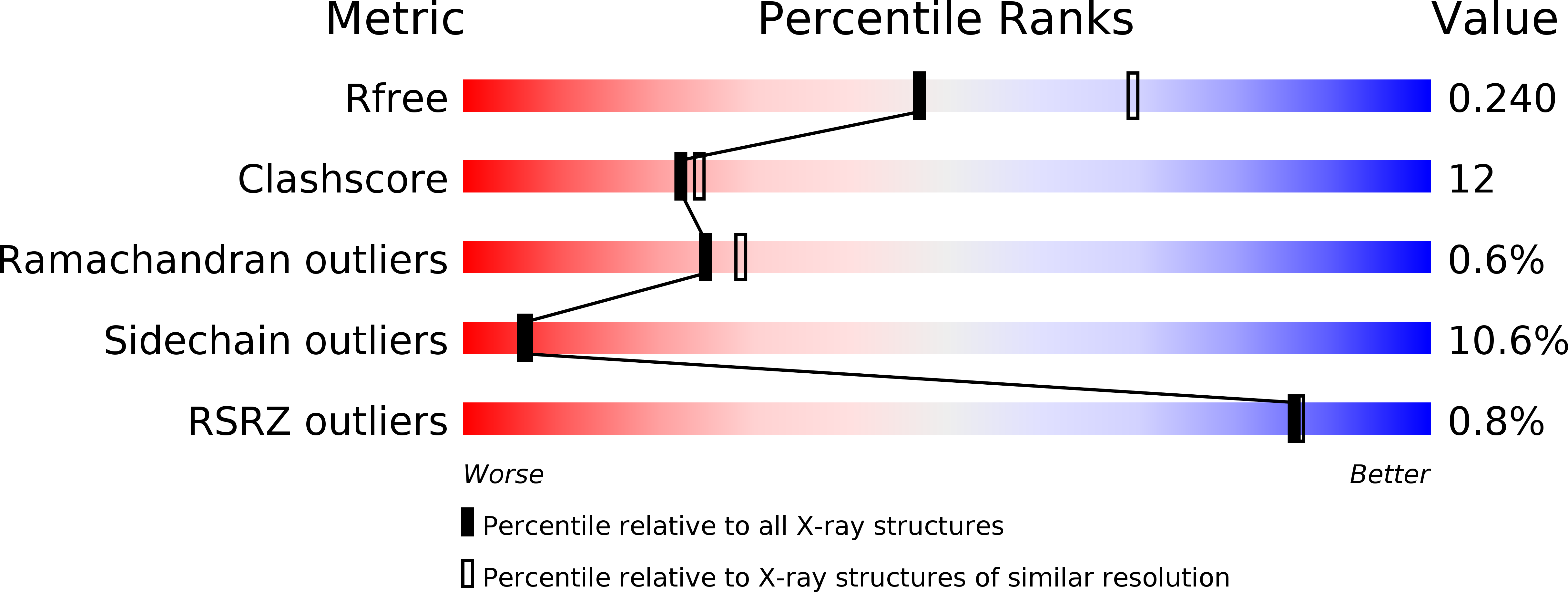
Deposition Date
2008-06-05
Release Date
2009-06-09
Last Version Date
2023-11-01
Entry Detail
Biological Source:
Source Organism:
Enterobacteria phage P1 (Taxon ID: 10678)
Host Organism:
Method Details:
Experimental Method:
Resolution:
2.45 Å
R-Value Free:
0.24
R-Value Work:
0.21
R-Value Observed:
0.21
Space Group:
P 1 21 1


